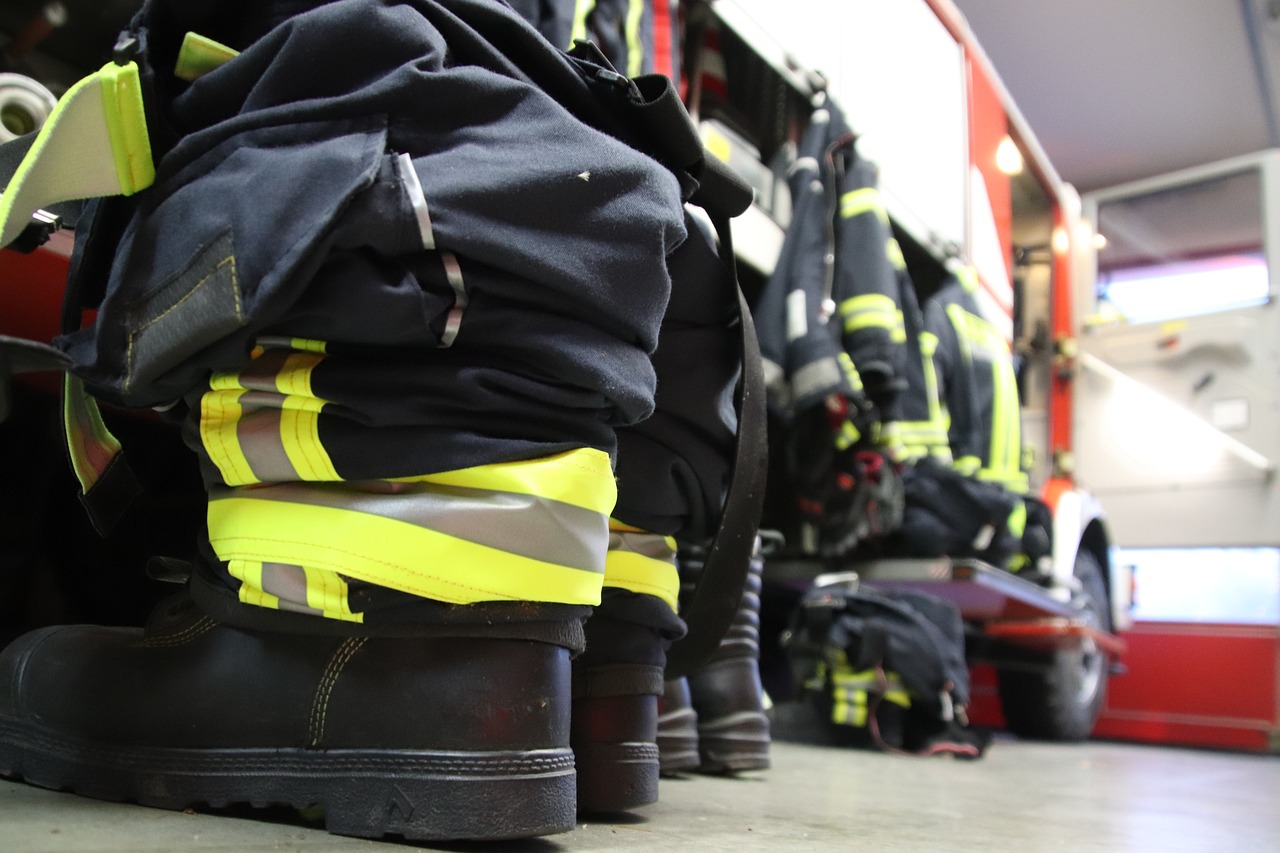Most neighborhoods can benefit from a proactive approach to safety and emergency preparedness. By establishing a neighborhood watch program that incorporates fire safety measures and emergency response training, residents can work together to protect their community from potential dangers. In this blog post, we will discuss the importance of creating a neighborhood watch program, how to implement fire safety measures, and the key components of effective emergency response training. With the right tools and knowledge, neighborhoods can become safer and more resilient in the face of emergencies.
Establishing the Neighborhood Watch Program
Recruiting Volunteers and Coordinators
On the first step towards establishing a successful neighborhood watch program is recruiting dedicated volunteers and coordinators who are committed to enhancing the safety and security of the community. Volunteers should be willing to devote time and effort to participate in training sessions, patrol the neighborhood, and coordinate with local authorities.
Defining the Program’s Scope and Responsibilities
For a neighborhood watch program to be effective, it is crucial to clearly define the scope of the program and the responsibilities of its members. This includes establishing communication protocols, determining patrol schedules, setting up emergency response plans, and outlining reporting procedures for suspicious activities.
This ensures that all members understand their role in promoting safety and can work together efficiently to prevent and respond to incidents effectively. By defining these aspects of the program upfront, it sets a solid foundation for the neighborhood watch to operate smoothly and achieve its objectives.
Implementing Fire Safety Measures
Conducting Fire Risk Assessments
Risk assessments are crucial in identifying potential fire hazards within the neighborhood. This process involves evaluating factors such as building structures, electrical wirings, flammable materials storage, and emergency exit routes. By conducting regular fire risk assessments, neighborhood watch programs can proactively address safety concerns and prevent potential fire outbreaks.
Educating Residents About Fire Prevention
Educating residents about fire prevention measures is necessary in ensuring the safety of the neighborhood. Workshops, seminars, and informational campaigns can be organized to raise awareness about fire safety practices, such as proper storage of flammable materials, regular maintenance of electrical appliances, and the importance of having functioning smoke detectors. By empowering residents with this knowledge, they can actively contribute to creating a safer environment for everyone.
With the right information and training, residents can play a vital role in preventing fires and responding effectively in case of emergencies. In addition to organizing fire safety workshops, neighborhood watch programs can distribute informative pamphlets, conduct fire drills, and provide resources on creating evacuation plans. By fostering a culture of preparedness and vigilance, communities can significantly reduce the risks associated with fire incidents.
Emergency Response Training
Basic First Aid and CPR Training for Volunteers
Basic first aid and CPR training are necessary components of emergency response training for neighborhood watch volunteers. Knowing how to administer CPR and basic first aid can make a critical difference in saving lives during emergencies. Volunteers will be trained on how to assess a situation, perform CPR, control bleeding, and provide assistance until professional help arrives.
Creating an Effective Communication Plan for Emergencies
Response time in emergencies can greatly improve with an effective communication plan in place. Volunteers will be trained on how to communicate effectively during emergencies, including establishing communication channels, using relevant communication technology, and maintaining clear and concise messaging. Regular drills and updates to the communication plan will ensure that everyone is prepared to respond swiftly and efficiently in case of an emergency.
Maintaining and Enhancing the Program
Regular Meetings and Ongoing Training
Your neighborhood watch program can only be effective if it is regularly maintained. With scheduled meetings, you can ensure that residents stay informed, engage in training sessions, and stay connected with local authorities. Ongoing training is vital to keep members equipped with the knowledge and skills necessary to handle emergencies effectively.
Evaluating and Updating Safety Protocols
Meetings to evaluate and update safety protocols are imperative to ensure that your neighborhood watch program remains relevant and effective. For instance, after an emergency or a safety incident, convene a meeting to analyze what went well and areas that need improvement. Use this information to update your safety protocols, coordinate with local emergency services, and address any gaps in your program’s response plan.
To wrap up
With this in mind, establishing a neighborhood watch program that incorporates fire safety measures and emergency response training can significantly enhance the safety and security of a community. By working together and being vigilant, residents can effectively prevent and respond to emergencies, ultimately creating a stronger and more resilient neighborhood. Bear in mind, safety is everyone’s responsibility, and proactive measures like these can make a real difference in keeping our communities safe.


